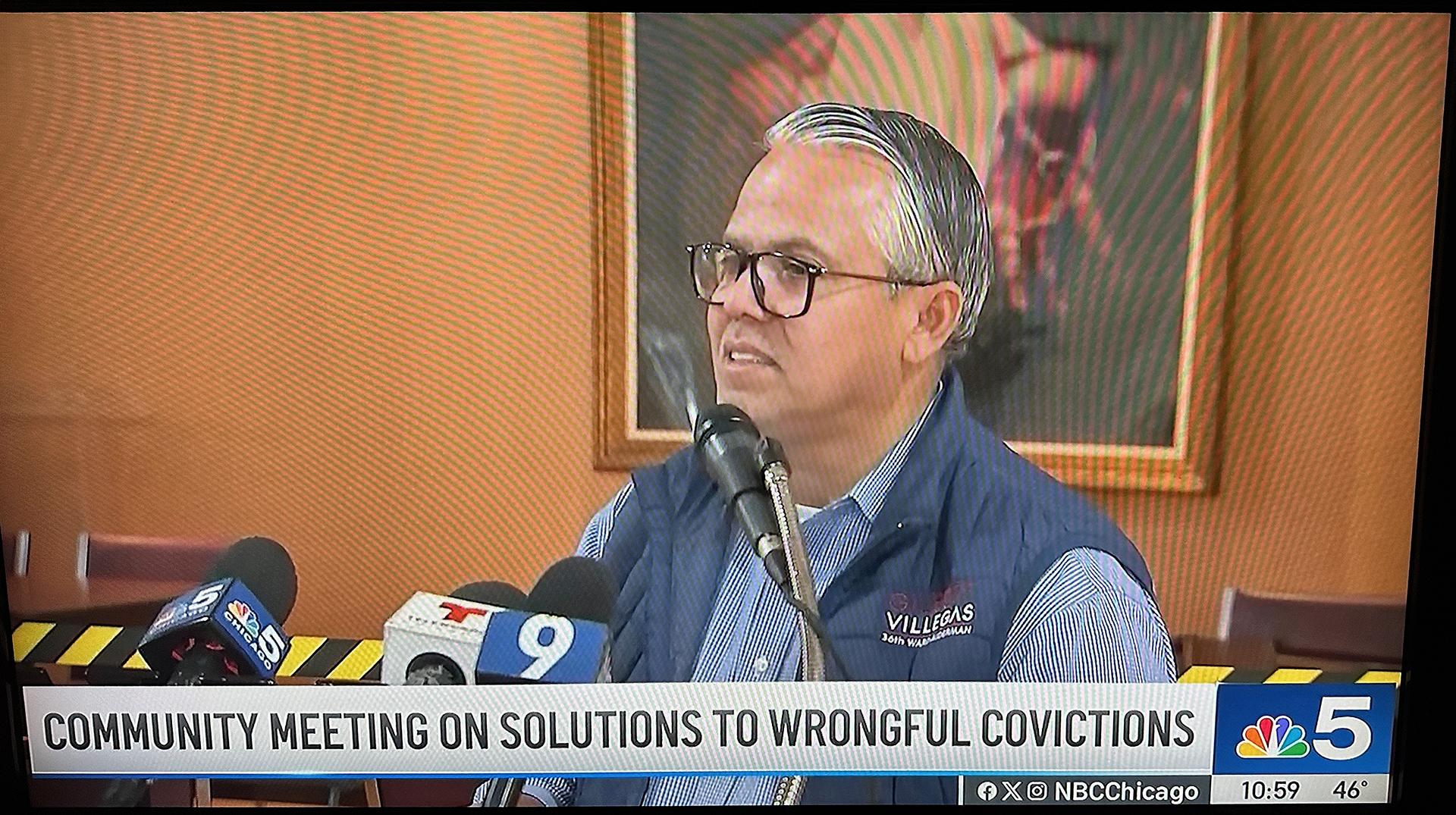Embracing the Silence
First snowflakes of the season today. Winter is settling in out here in the Pennsylvania countryside.

This article first appeared in The Teaching Professor on December 17, 2018 © Magna Publications. All rights reserved. Try a FREE three-week trial of The Teaching Professor!
First snowflakes of the season today. Winter is settling in out here in the Pennsylvania countryside. It’s quiet, no birdsongs in the morning, few leaves left on the trees to rustle, and frost muting the crunch of those on the ground. In the woods where I walk, the silence brings everything else into sharper focus.
We don’t always think about silence positively. Visitors sometimes tell us it’s too quiet out here. They feel anxious. Silence can be awkward—we’ve all that those moments of not knowing what to say. It can also feel like an affront. Ask a question in class, hear the silence, and feel a small surge of anger. It’s a confrontation. It’s students’ way of saying that they don’t want to sit at this learning table we’ve so carefully set. The emotions motivate us to act. We move in, force a response that then disappoints.
Silence does have all these negative meanings but in courses it can also provide the space needed to process the question, to search for the answer, to contemplate possible responses, to think of the question that comes before the one that’s been asked. And there are other positive meanings to silence as well. Sometimes there are no words; the best response is reverential silence. “Under certain conditions, silence might be the most appropriate response, because it is only in silence that any possible meaning can be found.” (p. 197) We stand in silent awe before a sunset, a masterpiece, or a selfless sacrifice.
I need silence to think, to focus, to concentrate. For some of us that may not be the absence of noise but a kind internal quiet like the woods here in winter, that settling sense that comes when things are as they should be. The space has been cleared and now thinking can occur. Parker Palmer describes “the vital role silence has always played in the life of the mind. Imagine Charles Darwin observing his finches or Jane Austen facing a blank page or Karl Marx at his hushed table in the British Museum or Barbara McClintock journeying inward to imagine herself as a gene.…How sad it is that the academy seems to understand so little of silence, that academics so often confuse the capacity to make public noise with true intellectual powers.” (p. 164)
But there is something wonderful about noise in the classroom or an online discussion. Students talking, making comments, to each other, preferably about the content. Students impatiently raising their hands while I’m talking, thinking what they’ve got to say is more important, and sometimes it is. One comment after another popping up on the screen. But to orchestrate the chaos of a classroom and make room for learning I have to be quiet inside. I can unfurl classroom dynamics only when I give them my full undivided attention.
We need silence to listen—to ourselves and to others—and that’s the silence we have such a hard time finding. We listen to others, but with thoughts racing as we construct a response. We wait for that short pause and quickly interject what we have to say. We don’t have time, can’t find a place and sometimes simply ignore the need to listen to what that voice inside has to say. It rarely speaks loudly but it affects teaching dramatically.
We pause, we reflect, and in the stillness we have a chance to listen to the small voice inside.
December is a noisy month but mostly it’s full of good sounds; music we love, family conversations, relatives arriving, friends checking in, excited children, food preparations, gatherings around tables, hustling and bustling. But it’s also a season that lends itself to quiet times. Another set of courses has ended, another year is all but over. We pause, we reflect, and in the stillness we have a chance to listen to that small voice inside. It speaks truth about who we are as teachers, as family members, and friends. It’s the voice that honors what we’ve accomplished and yet calls us to be more. It makes us feel thankful. We have work to do that matters and makes a difference.
My thinking about silence has been changed by a long and difficult piece I’m making my way through. I’ll put the reference below although it’s not light holiday reading. It’s big on understanding silence more broadly and positively. “The Western mystics and Eastern Buddhist masters prompt us to learn how to experience silence, to ‘wrap our words around spaces without words and leave them wordless.’” (p. 200) That’s a fine thought for the season.
Maryellen Weimer, PhD has edited The Teaching Professor since 1987. She is a Penn State Professor Emeritus of Teaching and Learning. In addition to editorship of the newsletter, Dr. Weimer has authored and edited eight books; most recently Learner-Centered Teaching and Enhancing Scholarly Work on Teaching and Learning.
References
Zemlylas, M. and Michaelides, P. (2004). The sound of silence in pedagogy. Educational Theory, 54 (2), 193-2004.
Palmer, P. (2002). “Meeting for Learning” revisited: Trailing Quaker crumbs through the wilderness of higher education. M. L. Birkel, ed., The Inward Teaching: Essays to Honor Paul A. Lacey. Richmond, Indiana: The Earlham College Press.






















/cdn.vox-cdn.com/uploads/chorus_asset/file/25829976/STK051_TIKTOKBAN_B_CVirginia_B.jpg)













/cdn.vox-cdn.com/uploads/chorus_asset/file/24435316/STK150_Bing_AI_Chatbot_02.jpg)








































